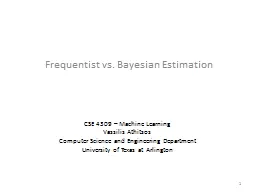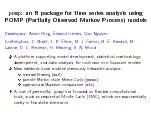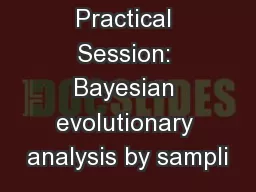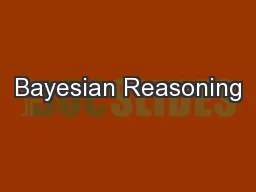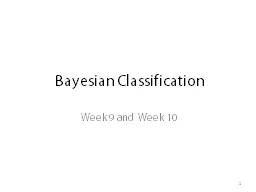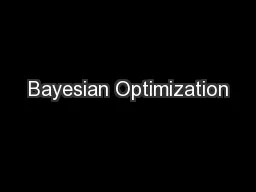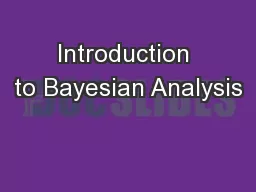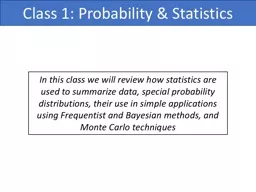PPT-Frequentist vs. Bayesian Estimation
Author : lois-ondreau | Published Date : 2018-02-25
CSE 4309 Machine Learning Vassilis Athitsos Computer Science and Engineering Department University of Texas at Arlington 1 Estimating Probabilities In order
Presentation Embed Code
Download Presentation
Download Presentation The PPT/PDF document "Frequentist vs. Bayesian Estimation" is the property of its rightful owner. Permission is granted to download and print the materials on this website for personal, non-commercial use only, and to display it on your personal computer provided you do not modify the materials and that you retain all copyright notices contained in the materials. By downloading content from our website, you accept the terms of this agreement.
Frequentist vs. Bayesian Estimation: Transcript
Download Rules Of Document
"Frequentist vs. Bayesian Estimation"The content belongs to its owner. You may download and print it for personal use, without modification, and keep all copyright notices. By downloading, you agree to these terms.
Related Documents

